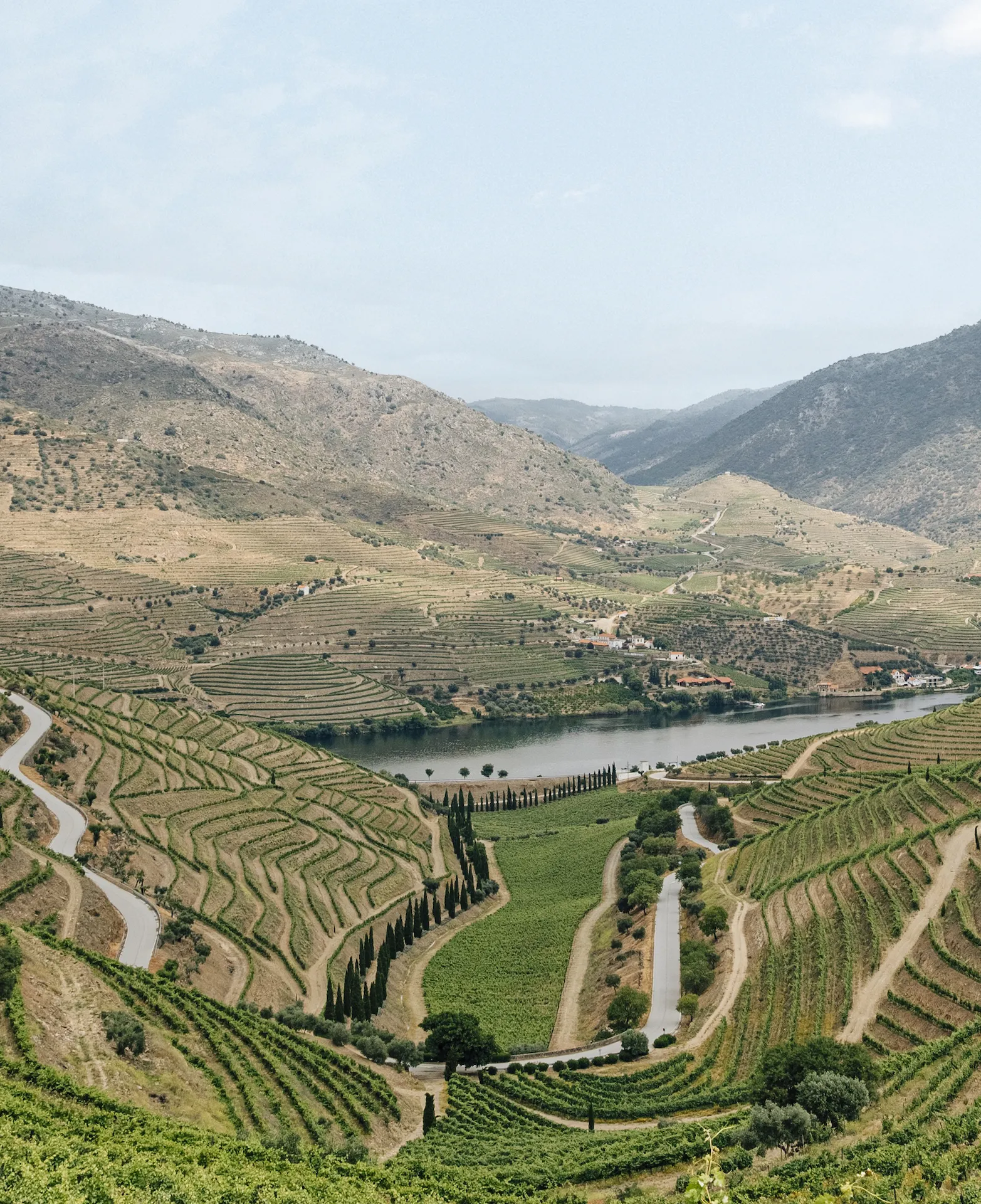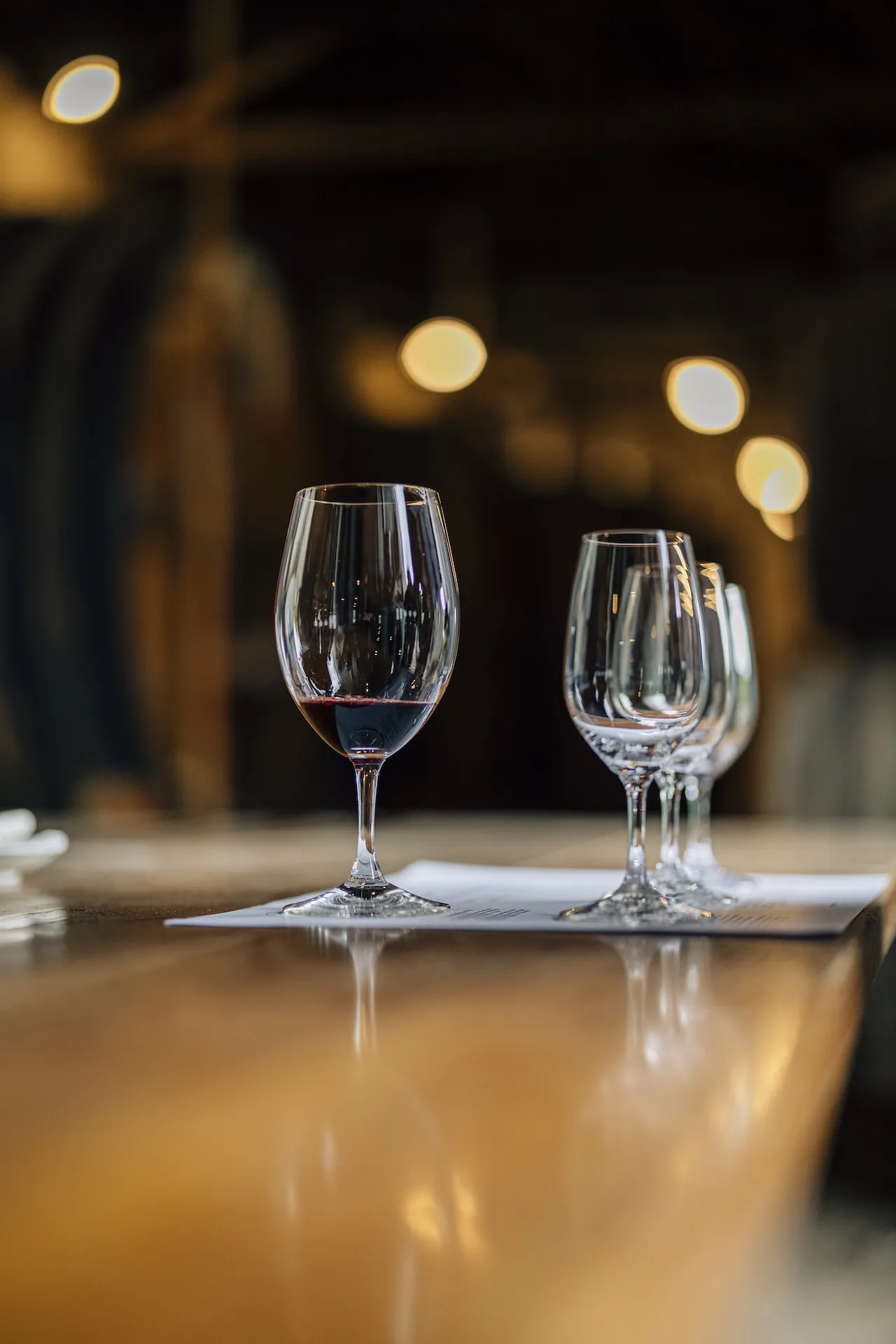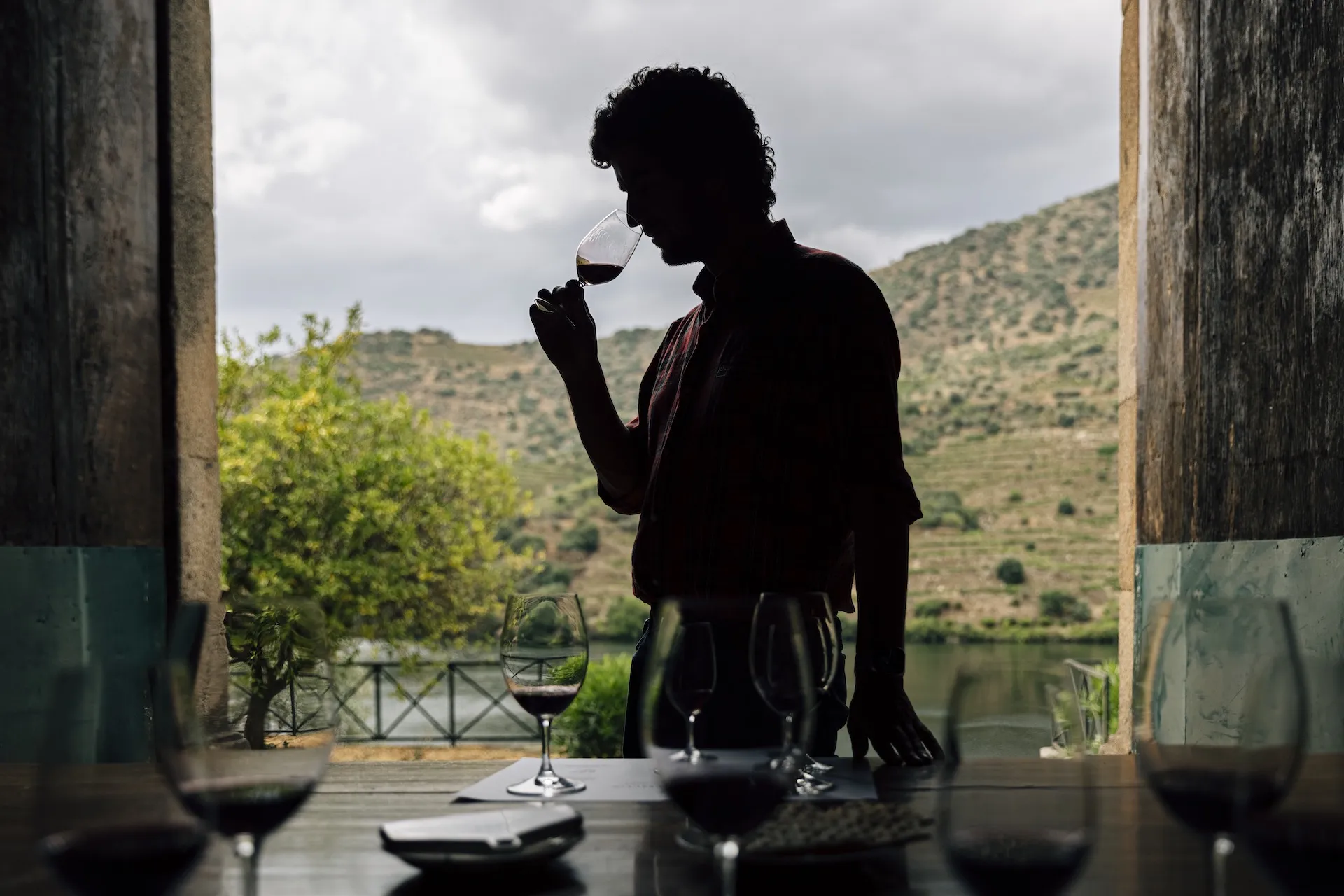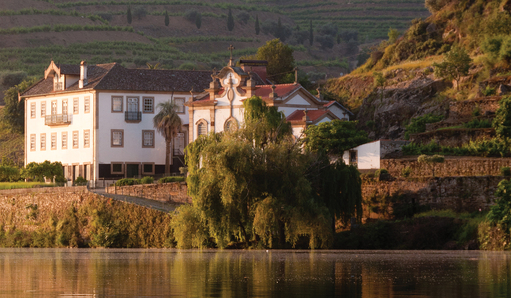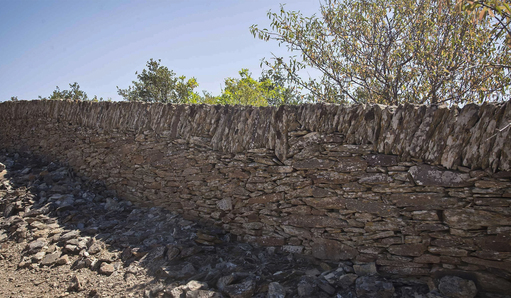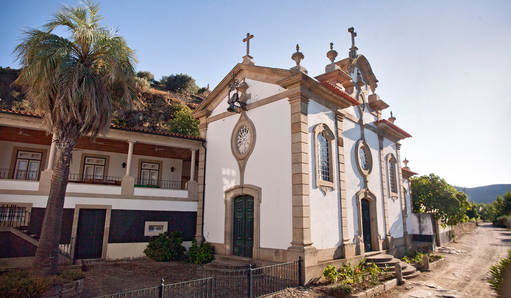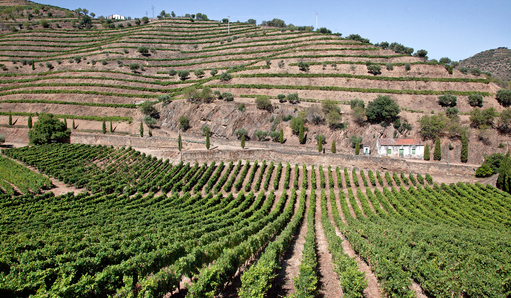Built by the will and the vision of António Bernardo Ferreira, the property was planted with vines the same year as its purchase – 1823.
In 1827, Vesúvio’s now-iconic winery was opened; to this day, all our Vintage Ports are still made in the original winery using traditional foot treading.
Later, while under the ownership of Dona Antónia Ferreira, both the chapel and the school – where many of the workers’ children were taught – were built. The main house was also expanded, and, in 1878, the Quinta do Vesúvio train station was opened, serving the estate ever since.
After the death of Dona Antónia Ferreira in 1896, the property was passed to her descendants – principally the Brito e Cunha family – until the late 1980s.
Since 1989, this centuries-old estate has been in the hands of the Symington family. Over the last three decades, they have been working on converting the property’s vast vineyards. In addition to preserving the tradition and history of Quinta do Vesúvio by producing Vintage Port exclusively in the time-honoured method of foot-treading, the family decided to also start producing Douro DOC wines in 2007.
António Bernardo Ferreira
Antónia Adelaide Ferreira
Symington Purchase
Symington Today


